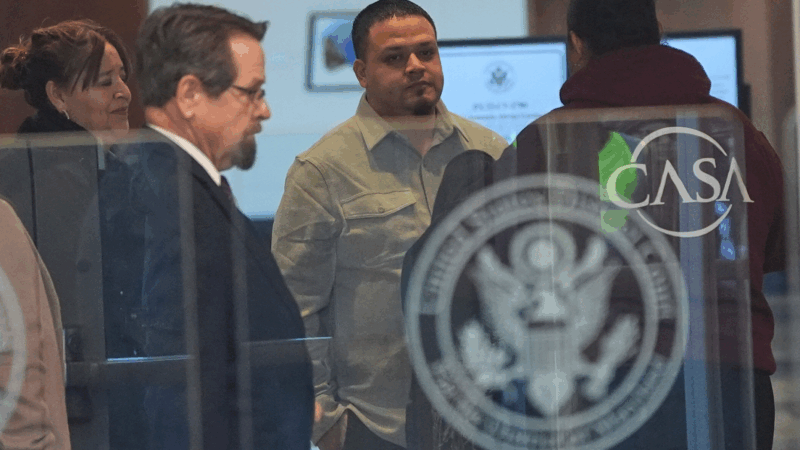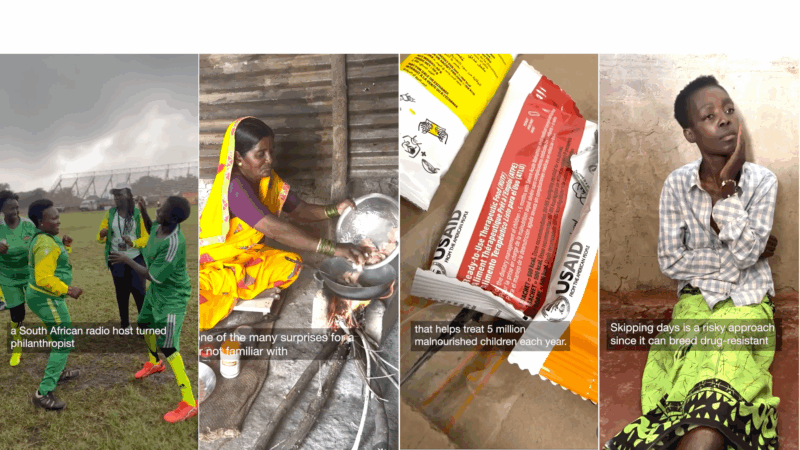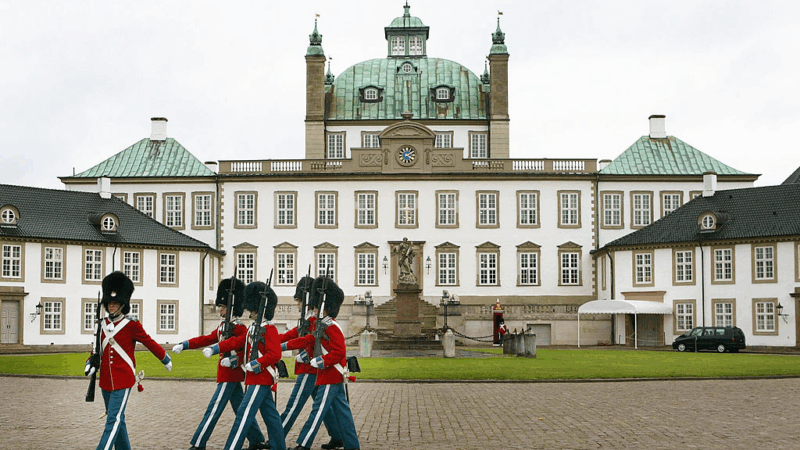The Private Eye Program
What’s common to all academic subjects? Well … thinking. “Critical thinking” is a buzzword for a reason, regardless of whether educators think today’s students do it well enough: it’s basic to what students are meant to do in school. But can you actually teach thinking? From the Southern Education Desk at WBHM, Dan Carsen reports on an innovative program trying to do just that:
Teachers sit through lots of professional development workshops, some helpful, some not so much. About 20 Alabama educators in a classroom at Leeds High School, 20 miles east of Birmingham, clearly think this day’s session on The Private Eye program is of the helpful variety. Normally, training workshops are grouped by grade or subject. But this group is made of special ed teachers, administrators, and educators of all subjects, from first grade up through college.
That’s because the Private Eye program is not meant to teach any one subject, but something at the root of every subject: thinking itself.
Joan Dawson, one of the presenters and co-director of the Alabama Hands-On Activity Science Program (ALAHASP) at UAB explains, “It helps people build even better brains than they already have. They are able to take what they know, and apply it immediately into absolutely new ways of learning.”
But how do you do that?
The Private Eye uses inexpensive tools and a deceptively simple questioning approach based on neuroscience, which shows our brains are both highly plastic and “wired for analogy.” In other words, we learn by observing and then relating those observations to things we already know, and then our brain rewires itself with a new understanding.
So first, kids closely observe the world in a new way, through jeweler’s magnifying lenses called loupes (pronounced “LOOPS”). As one teacher put it, “cliché is stripped away,” and a sense of wonder ensues as magnification seems to change everyday things into something else entirely. But that’s just the beginning. Regardless of subject, students are nudged to make comparisons, and then more comparisons, between what they’re seeing and things they’re already familiar with. This process is repeated, often 10 times, partly to forge mental connections, partly because it shows there’s no wrong answer, that it’s a creative process.
The central, repeated question of the program is “What else does it remind you of?” It’s really an approach, a habit of mind. Beverly Radford, the other presenter and co-director of “target=”New_Window”>ALAHASP, explains that it applies to every academic area and beyond:
“We’ve even done this for professionals, like for Leadership Birmingham. Every single one of them thought it was created for their areas.”
Terri Lee Gibson, who teaches math at Leeds High, says, “I love the creativity, and I think it’ll get the kids thinking more deeply, and having them look at something from a different perspective.”
She plans to use the approach to get kids thinking about what geometric shapes and graphs of quadratic functions resemble in the real world. It’s easier to jump from there to how that math can be used in the design of real things.
Speaking of the need for higher order thinking in the real world, Beverly Radford says it’s vital to train students to be better thinkers:
“… what they have to become are what we call ‘baloney detectors.’ They have to use evidence to make their decisions, and not everybody knows how to find evidence to make those good decisions. And they’re being prepared for jobs that haven’t even been created yet. So again, it’s not about factoids, it’s about how do you analyze, how do you think.”
Making mental connections between things makes actual neurological connections in the brain. And since we’re talking analogies, you might say the Private Eye program is trying to improve students’ “hardware” through brain-building exercise so they better upload the “software” of say, ninth-grade social studies. Or just about anything else they come across.
Russia attacks Kyiv, killing 1 and wounding many ahead of Ukraine-US talks
Russia attacked Ukraine's capital with missiles and drones early Saturday morning, killing one and wounding over 20 people a day before talks between Ukraine and the U.S., local authorities said.
Myanmar is set to hold phased elections. Here’s why they’re being called a ‘sham’
Myanmar's military rulers are holding a general election in phases starting Dec. 28 amid the country's civil war. The head of the U.N. says the vote will be anything but free and fair.
Judge to hold hearing on whether Kilmar Abrego Garcia is being vindictively prosecuted
A federal judge this week canceled the trial of Kilmar Abrego Garcia, and scheduled a hearing on whether the prosecution is being vindictive in pursuing a human smuggling case against him.
Thailand and Cambodia sign new ceasefire agreement to end border fighting
In addition to ending fighting, the agreement calls for no further military movements by either side and no violations of either side's airspace for military purposes.
Top Instagram reels from Goats and Soda in 2025: Plumpy’Nut, aid cuts, soccer grannies
Our most-viewed Instagram videos include reports from a Rhode Island factory that makes special food for malnourished children and from a tournament for soccer-playing "grannies."
Should the U.S. model its vaccine policy on Denmark’s? Experts say we’re nothing alike
The Trump administration wants to revamp U.S. childhood vaccination recommendations to align with some other peer nations, including one tiny country in northern Europe.








